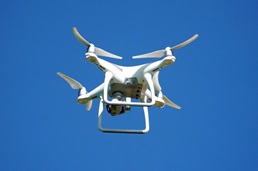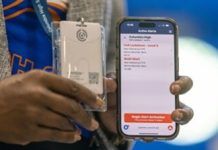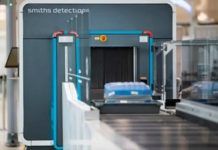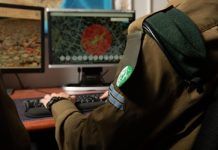The Federal Aviation Administration has said it is issuing long-awaited rules to allow for small drones to fly over people and at night, a significant step toward their use for widespread commercial deliveries. The FAA is also requiring remote identification of most drones, which are formally known as unmanned aerial vehicles, to address security concerns.
“The new rules make way for the further integration of drones into our airspace by addressing safety and security concerns,” said FAA Administrator Steve Dickson in a statement. “They get us closer to the day when we will more routinely see drone operations such as the delivery of packages.” The race has been on for companies to create drone fleets to speed deliveries.
For night operations, FAA said drones must be equipped with anti-collision lights. The final rules allow operation over moving vehicles in some circumstances. Remote ID is required for all drones weighing 0.55 pounds (250 grams) or more, but is required for smaller drones under certain circumstances like flights over open-air assemblies.
One change in the final rule requires that those small drones cannot have any exposed rotating parts that could lacerate human skin. The final Remote ID rule eliminates the requirement that drones be connected to the internet to transmit location data; the final rule requires drones to broadcast remote ID messages via radio frequency broadcast.
United Parcel Service said in October 2019 that it won the government’s first full approval to operate a drone airline.








